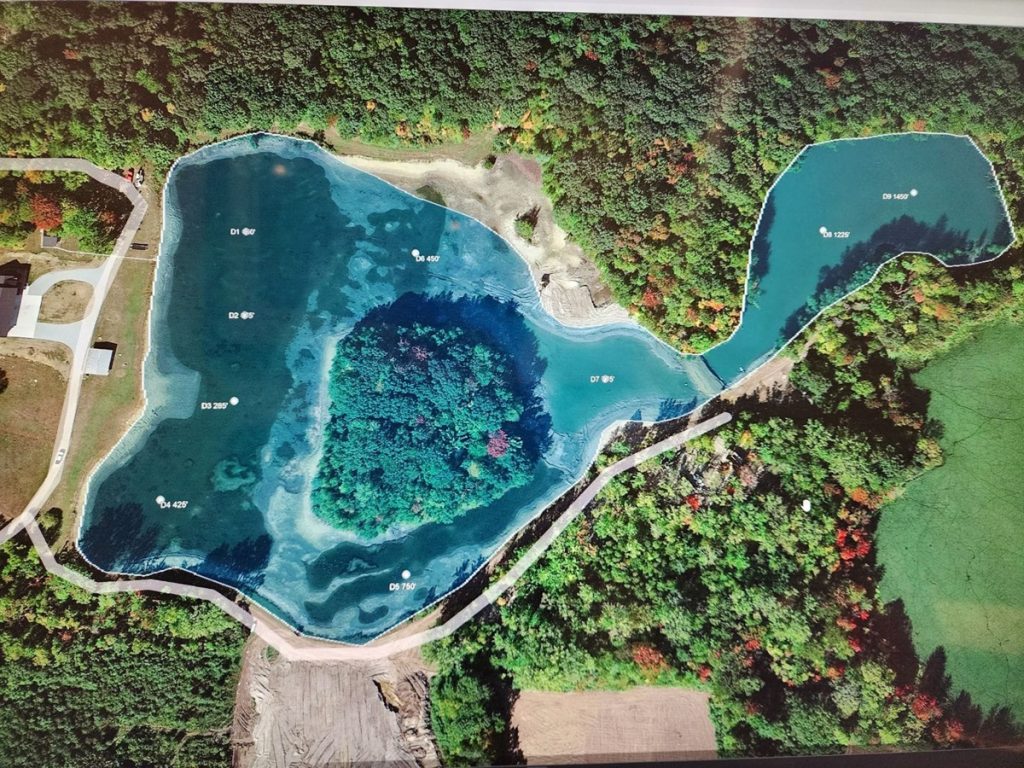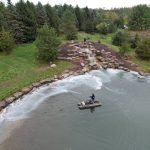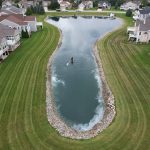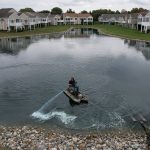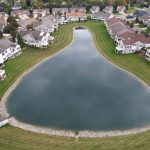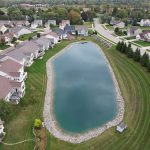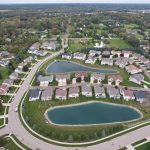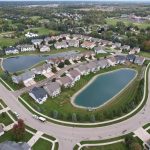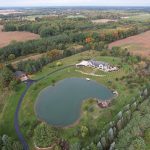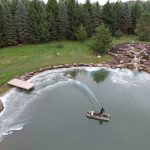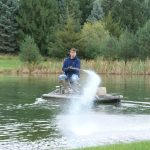Pond Management Service, Lansing, MI
At Mid-Michigan Ponds, we specialize in providing tailored solutions for Pond Management, offering a range of supplies and services to suit your specific needs. With a keen understanding that each pond is unique, we evaluate your pond and develop strategic approaches to ensure its cleanliness and health. Whether you prefer a full-service Pond Maintenance Service program or a do-it-yourself approach, we make sure your pond becomes a valuable and beautiful asset to your property. We service all of Mid-Michigan for Pond Management.
Pond and Lake Ecology 101
Before delving into pond management strategies, let’s cover some basic pond ecology principles:
Eutrophication
Eutrophication
Dissolved Oxygen (DO)
Dissolved Oxygen (DO)
Thermostratification
Thermostratification
Nature's Way of Pond Management
Inversion, occurring in spring and fall, is nature’s cleansing process, supplying oxygen-rich water from the surface to the bottom, revitalizing stagnant areas and supporting microbial activity. However, this process may not suffice to counteract organic buildup and nutrient influxes.

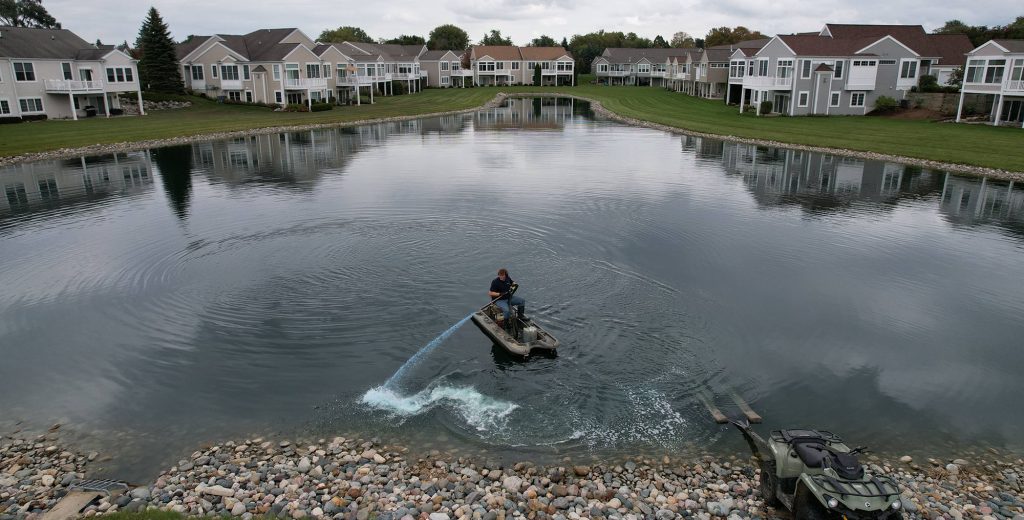
Pond Aeration: The Long-term Solution
Aeration systems mimic inversion’s principles but continuously circulate oxygen, maintaining high DO levels throughout the pond. This promotes aerobic microbial activity, slows eutrophication, and enhances water clarity.
Pond Aeration Long-term Benefits
- Extend the Life of Your Pond: By slowing down eutrophication.
- Improved Water Clarity: Promoting healthy aerobic bacteria.
- Reduce Weeds and Algae: By competing for available nutrients.
- Phosphorus Removal: Binding phosphorus to sediment.
- Reduce or Eliminate Chemicals: By addressing root causes.
- Promote Healthier Fish Populations: By increasing habitat and food sources.
- Prevent Summerkill and Winterkill: By maintaining DO levels.
- Mosquito Control: By reducing stagnant water.
At Mid-Michigan Ponds, we offer comprehensive Pond Management solutions, ensuring your pond remains vibrant and healthy for years to come. Contact us today for more information.
